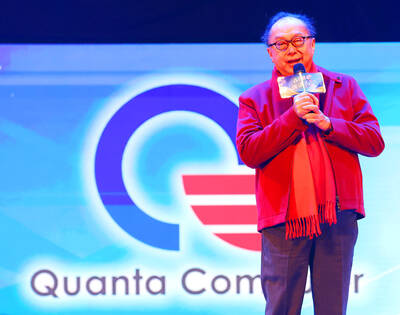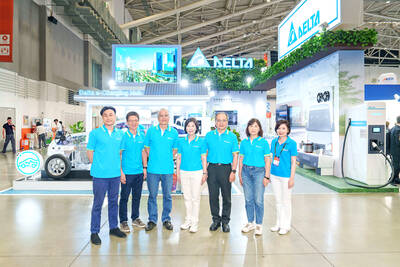The danger of corporate computers becoming infected by worms has risen dramatically, a study by Microsoft found.
The study found that, globally, the chances of infection by a computer worm had increased by almost 100 percent when comparing the first half of the year with a year earlier.
The threat is focused mainly on business computers. Private users get off lightly by comparison, partially because they are more likely than corporate customers to make sure their computers have the newest security software.
Germany and Austria both have PC infection rates significantly below the global average of 0.87 percent: 0.3 and 0.21 percent, respectively.
Germany usually performs well in such tests, Microsoft spokesman and security expert Thomas Baumgaertner said.
This is partially because Germany has a high penetration rate for fast DSL lines. This infrastructure insures that computer users regularly update their security software.
Despite the higher risk of worm attacks, the study said worms only make up about 6.7 percent of all attacks, meaning they are only the fourth most predominant threat. Trojan horse attacks claim first place in Germany, with 39.5 percent of all attacks.
These attackers disguise themselves as harmless software, but then insinuate themselves into a computer and allow remote access. Examples include programs like Wintrim and Alureon.
The most predominant worms are Conficker, followed by Taterf, which saw a 156 percent increase in its infection rate, reported the study.
Worldwide, the greatest threat remained attacks via fake security software. More than 13 million such attacks were blocked by computers with the help of Microsoft software in the first half of the year. A year ago, that figure was 16.8 million.
Microsoft presents its Security Intelligence Report twice a year.

Quanta Computer Inc (廣達) chairman Barry Lam (林百里) is expected to share his views about the artificial intelligence (AI) industry’s prospects during his speech at the company’s 37th anniversary ceremony, as AI servers have become a new growth engine for the equipment manufacturing service provider. Lam’s speech is much anticipated, as Quanta has risen as one of the world’s major AI server suppliers. The company reported a 30 percent year-on-year growth in consolidated revenue to NT$1.41 trillion (US$43.35 billion) last year, thanks to fast-growing demand for servers, especially those with AI capabilities. The company told investors in November last year that

Intel Corp has named Tasha Chuang (莊蓓瑜) to lead Intel Taiwan in a bid to reinforce relations between the company and its Taiwanese partners. The appointment of Chuang as general manager for Intel Taiwan takes effect on Thursday, the firm said in a statement yesterday. Chuang is to lead her team in Taiwan to pursue product development and sales growth in an effort to reinforce the company’s ties with its partners and clients, Intel said. Chuang was previously in charge of managing Intel’s ties with leading Taiwanese PC brand Asustek Computer Inc (華碩), which included helping Asustek strengthen its global businesses, the company

Taiwanese suppliers to Taiwan Semiconductor Manufacturing Co. (TSMC, 台積電) are expected to follow the contract chipmaker’s step to invest in the US, but their relocation may be seven to eight years away, Minister of Economic Affairs J.W. Kuo (郭智輝) said yesterday. When asked by opposition Chinese Nationalist Party (KMT) Legislator Niu Hsu-ting (牛煦庭) in the legislature about growing concerns that TSMC’s huge investments in the US will prompt its suppliers to follow suit, Kuo said based on the chipmaker’s current limited production volume, it is unlikely to lead its supply chain to go there for now. “Unless TSMC completes its planned six

Power supply and electronic components maker Delta Electronics Inc (台達電) yesterday said it plans to ship its new 1 megawatt charging systems for electric trucks and buses in the first half of next year at the earliest. The new charging piles, which deliver up to 1 megawatt of charging power, are designed for heavy-duty electric vehicles, and support a maximum current of 1,500 amperes and output of 1,250 volts, Delta said in a news release. “If everything goes smoothly, we could begin shipping those new charging systems as early as in the first half of next year,” a company official said. The new